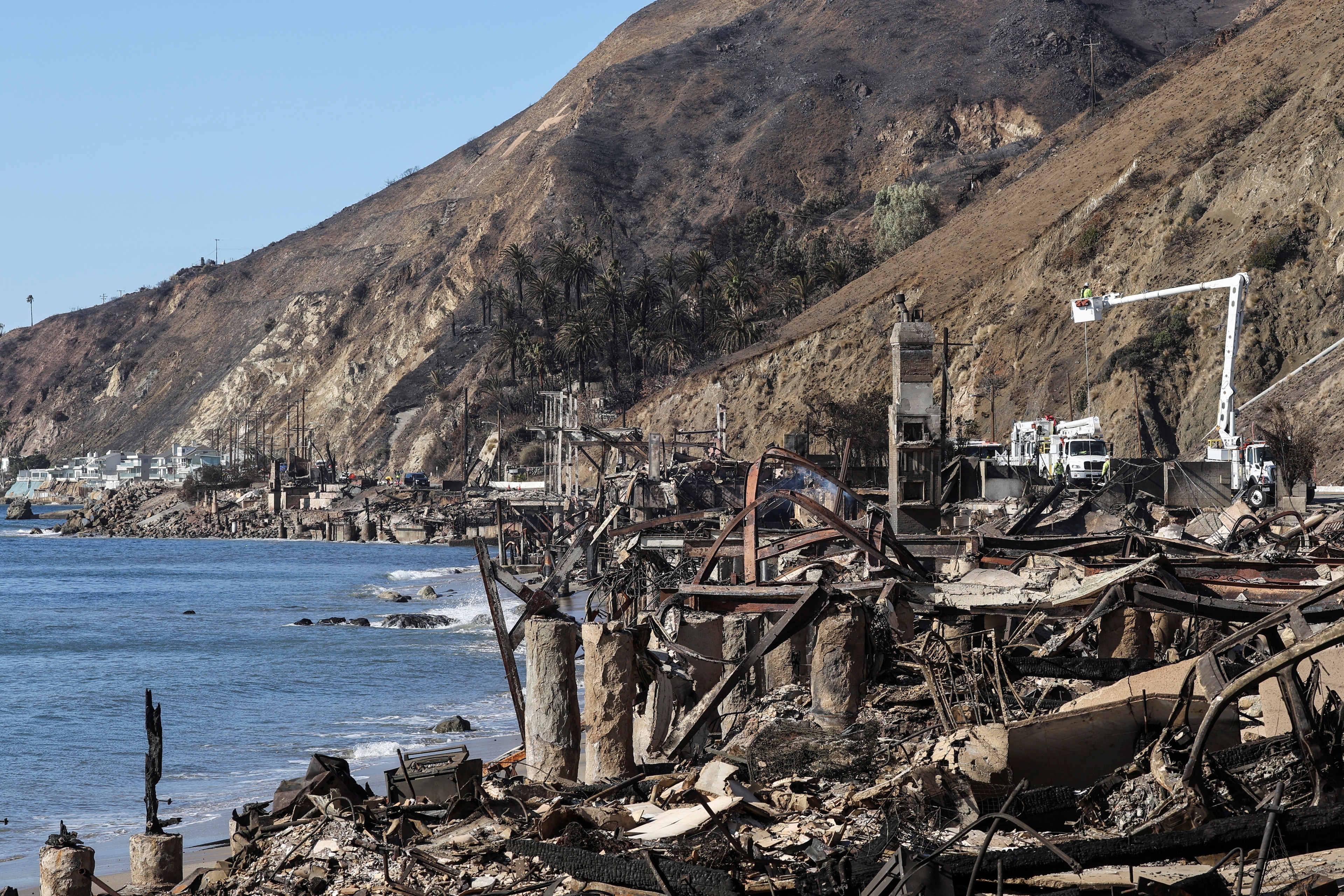Jet streams and heatwaves: what's the link?

Jet streams – strong winds above the Earth – are fuelling heatwaves.
Image: Unsplash/Lucian Dachman
Stay up to date:
Climate Crisis
Listen to the article
- Jet-stream winds that blow around the Earth from east to west are linked to this summer’s heatwaves.
- Scientists say a number of U-bends in the jet stream are generating hotter weather.
- While a study in Germany linked a ‘double jet-stream’ phenomenon to almost all of western Europe’s heatwaves.
Jet streams – strong winds above the Earth – are fuelling the increasing number of heatwaves the world is experiencing, scientists say. And evidence suggests the jet-stream changes of behaviour are linked to warming temperatures in the Arctic.
What are jet streams?
Jet streams live in the upper parts of the atmosphere and are relatively narrow bands of strong wind, the US National Weather Service explains.
The jet streams blow from east to west and are formed at the boundaries between hot air towards the Earth’s equator and cold air towards the north and south poles.

How do jet streams affect weather?
Changes in the jet stream, like its shape and speed, can cause changes in the weather system below it.
The Met Office, the UK’s national meteorological service, compares the jet stream to a vacuum cleaner five to seven miles above the Earth’s surface. It can suck air out of the weather system, lowering pressure and causing stormy weather.
If the jet stream buckles and slows, on the other hand, it can lead to high pressure and drier weather.
Accept our marketing cookies to access this content.
These cookies are currently disabled in your browser.
How are jet streams linked to heatwaves?
Scientists believe the recent global heatwaves are linked to a strange pattern in the jet stream that has been called “wavenumber 5”, according to the Financial Times.
When the jet stream forms into a U-bend shape, it can generate heatwaves.
Five of these U-bends – which are called ‘omega blocks’ because they look like the Greek letter omega – are currently circling the world in a pattern.
This pattern is what scientists are calling wavenumber 5, and the FT reports that it “can persist for weeks, causing hot areas to stay hot for a long time”.
How are heatwaves increasing?
Heatwaves have “scorched” Europe, North Africa, the Middle East and Asia in June and July 2022. NASA’s Earth Observatory says temperatures have soared above 40 degrees Celsius in places and have broken many records.
Western Europe was already experiencing serious drought and was particularly badly affected, with fires across Spain, Portugal and parts of France.
A study in Germany links Europe’s heatwaves to changes in the jet stream. Scientists say a form of double jet stream, when the band of wind splits into two, is responsible for almost all of the rise in Western Europe’s heatwaves, and about a third of the increased heatwaves over Europe as a whole.

What needs to happen?
The study, published in the journal Nature, links the double jet streams to “much warmer” land areas in the Arctic.
This warmer land increases the temperature contrast with the cooler Arctic ocean, and this could trigger the clash that leads to double jet streams.
New data shows the Arctic is heating up seven times faster than the global average - at between 2.7C and 4C a decade. Global warming – caused by emissions of greenhouse gases like CO2 – is linked to rising temperatures in the Arctic.
More research and climate modelling is needed, the scientists say.
If current climate models aren’t updated, it could lead to future heatwave trends over western Europe being “significantly underestimated”, they warn.
What’s the World Economic Forum doing about climate change?
Accept our marketing cookies to access this content.
These cookies are currently disabled in your browser.
Don't miss any update on this topic
Create a free account and access your personalized content collection with our latest publications and analyses.
License and Republishing
World Economic Forum articles may be republished in accordance with the Creative Commons Attribution-NonCommercial-NoDerivatives 4.0 International Public License, and in accordance with our Terms of Use.
The views expressed in this article are those of the author alone and not the World Economic Forum.
Related topics:
Forum Stories newsletter
Bringing you weekly curated insights and analysis on the global issues that matter.
More on Climate ActionSee all
Ekhosuehi Iyahen, Daniel Murphy and Andre Belelieu
August 27, 2025
Thomas Brostrøm and Sandeep Kashyap
August 26, 2025
Thomas Philipon
August 26, 2025
Lim Chow-Kiat
August 21, 2025
Tom Crowfoot
August 20, 2025





